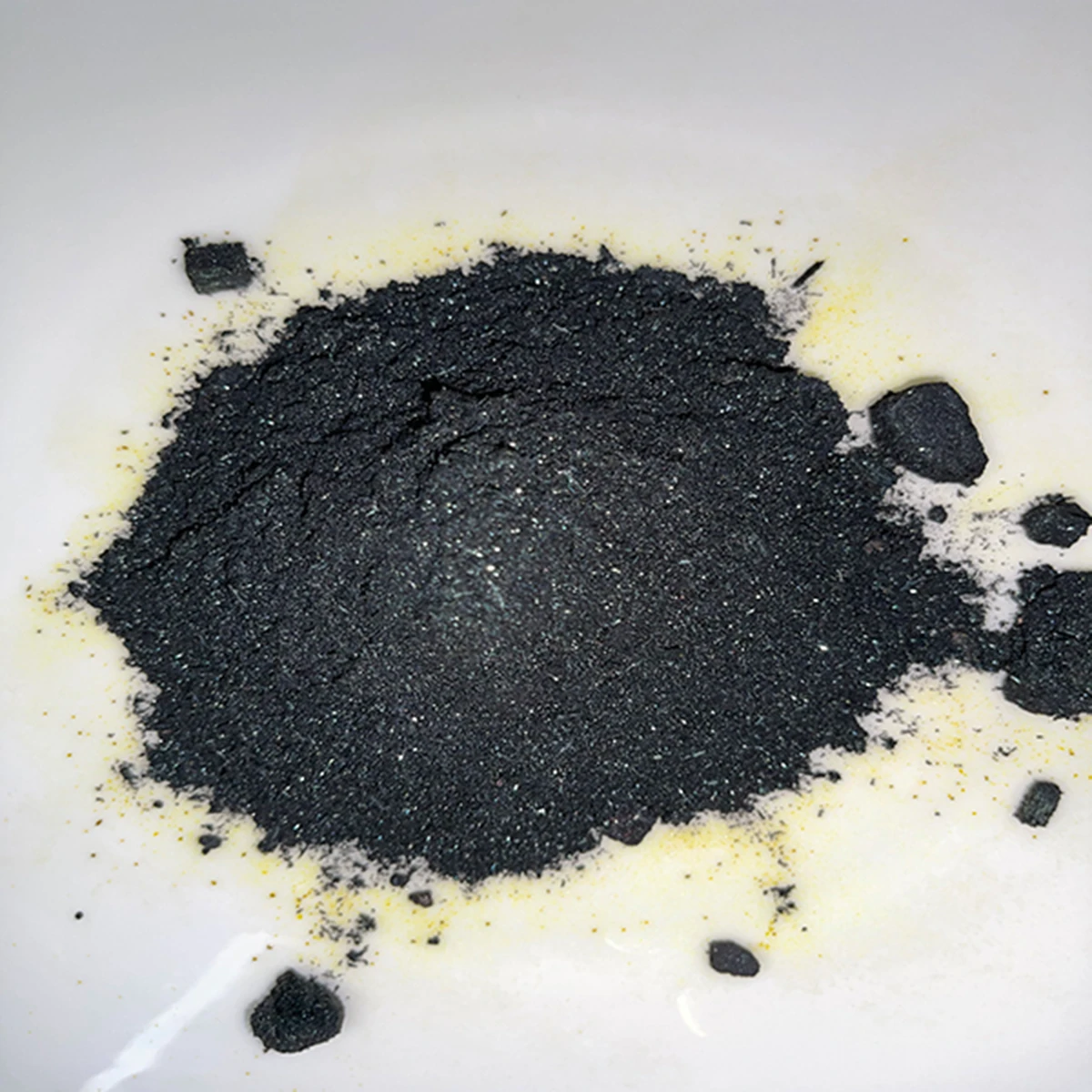



Sodium Hydroxide Applications in Industrial Cleaning Processes and Its Effectiveness
The Use of Sodium Hydroxide for Cleaning A Comprehensive Overview
Sodium hydroxide, commonly known as caustic soda or lye, is a powerful alkaline compound with numerous applications across various industries, particularly in cleaning. Its effectiveness as a cleaning agent can be attributed to its strong alkalinity, which allows it to break down organic matter, dissolve grease, and neutralize acids. This article delves into the various uses of sodium hydroxide for cleaning, its advantages, safety considerations, and alternatives.
Applications in Cleaning
1. Household Cleaning Products Sodium hydroxide is often found in household cleaners, especially those designed for heavy-duty tasks. It is effective in removing stubborn stains, grease, and burnt residues from ovens, stovetops, and grills. Many drain cleaners also contain sodium hydroxide, as it can dissolve hair, soap scum, and other organic blockages.
2. Industrial Cleaning In industrial settings, sodium hydroxide plays a crucial role in cleaning processes. It is utilized to clean and sanitize processing equipment in food production plants, ensuring that all surfaces are free from contaminants. Its strong degreasing properties make it ideal for cleaning surfaces that accumulate heavy grease and oil.
3. Textile Industry In the textile industry, sodium hydroxide is used in the scouring and bleaching processes. It removes impurities from raw fibers and prepares them for dyeing. Additionally, it helps in the production of certain dyes and chemicals used in textile treatments.
4. Paper and Pulp Industry Sodium hydroxide is instrumental in the pulping process of wood, where it breaks down lignin and helps separate cellulose fibers. It is also used to clean and maintain machinery involved in paper production, enhancing operational efficiency.
5. Metal Cleaning and Finishing Sodium hydroxide is employed to clean metals by removing oxides and other surface contaminants. This makes it vital for processes such as anodizing and electroplating, where a clean surface is required for optimal adherence of coatings.
Advantages of Using Sodium Hydroxide
- Effective Cleaning Power Sodium hydroxide’s strong alkaline nature allows it to tackle tough stains and grime effectively. It works quickly to dissolve organic materials, making the cleaning process more efficient. - Cost-Effectiveness Sodium hydroxide is relatively inexpensive compared to other cleaning agents. This makes it a preferred choice for both household and industrial applications. - Versatility Its various applications across different industries highlight its versatility as a cleaning agent. Whether in residential cleaning or large-scale industrial processes, sodium hydroxide proves to be a valuable substance.
sodium hydroxide used for cleaning

Safety Considerations
While sodium hydroxide is highly effective, it is important to handle it with care due to its corrosive nature. Here are some safety guidelines to follow
1. Protective Gear Always wear appropriate protective equipment, including gloves, goggles, and long sleeves, when handling sodium hydroxide. Direct contact with skin or eyes can cause severe burns and irritation. 2. Proper Ventilation Ensure that the area is well-ventilated when using sodium hydroxide, especially in concentrated forms, to avoid inhaling harmful fumes.
3. Storage Store sodium hydroxide in a cool, dry place and away from acids and moisture. Ensure that containers are clearly labeled to prevent accidental misuse.
4. Emergency Procedures Be aware of emergency procedures in case of accidental exposure. Rinse affected areas with plenty of water and seek medical attention if necessary.
Alternatives to Sodium Hydroxide
For those looking for less corrosive alternatives, several cleaning products exist. Vinegar and baking soda, for example, can serve as effective natural cleaners for many household tasks. Enzyme-based cleaners are also gaining popularity in both residential and industrial settings, providing an eco-friendlier option for breaking down organic matter without the harshness of sodium hydroxide.
Conclusion
Sodium hydroxide, with its powerful cleaning properties, is a staple in many cleaning applications, ranging from household products to industrial processes. Its effectiveness, cost-efficiency, and versatility make it a preferred choice among cleaning agents. However, safety must always be a priority when using this potent compound. Understanding its applications, benefits, and necessary precautions can lead to effective cleaning while ensuring the safety of users and the environment. For those who prefer milder alternatives, natural cleaning agents can offer a suitable solution without compromising on effectiveness.
-
Why Sodium Persulfate Is Everywhere NowNewsJul.07,2025
-
Why Polyacrylamide Is in High DemandNewsJul.07,2025
-
Understanding Paint Chemicals and Their ApplicationsNewsJul.07,2025
-
Smart Use Of Mining ChemicalsNewsJul.07,2025
-
Practical Uses of Potassium MonopersulfateNewsJul.07,2025
-
Agrochemicals In Real FarmingNewsJul.07,2025
-
Sodium Chlorite Hot UsesNewsJul.01,2025










